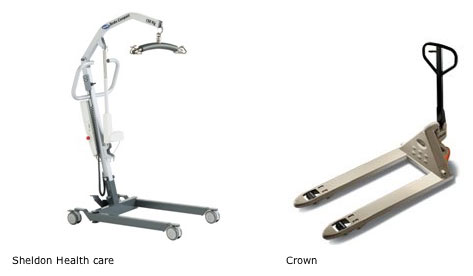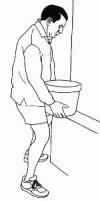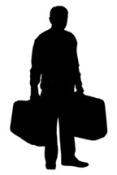
You can’t let people claim a
payout using the excuse that no-one ever
taught them how to lift safely. That’s why
you need a mandatory Manual Handling
Program.
There’s not a lot to it.
1. Bring the load close into your body.
|
If you’re lifting something off a bench, slide it towards you, get your hands underneath it, bend your legs and then lift it.
|
|
2. Technique
You’ll see a lot of poor examples of ‘safe lifting’ on office corridor notice boards and on the internet, showing someone lifting a box off the floor with their heels off the ground, trying to lift it using one leg, with their centre of gravity in such a position that as soon as they lift the object they’re going to fall over – or trying to lift a box without getting their hands underneath it.
The positions illustrated below are highly unstable. They’re not safe. You won’t be able to lift heavy weights. You could fall over. No-one ever successfully carried out a heavy lift using these techniques.

Get into a position where the big muscles of your legs do the heavy lifting.
Spread your legs so they are shoulder width apart.
Here’s an example of good form:

If you’re going to take a lead on how to lift, take it from the weight lifting professionals. Legs bent, legs doing the initial heavy lifting and back not coming into play until the weight already has momentum.
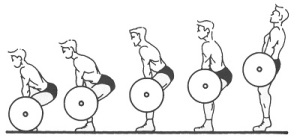
You'll lower your risk of lower back pain with a graduated
strength training program that includes this exercise.
… and don’t forget it’s not all about lifting up! There’s a lot of lifting down as well. The same techniques apply.
3. Step and Swivel
You’ve lifted the object, now you have to put it somewhere.
Once again, use the big muscles of your body to do the work – ie your legs.
Rather than swivelling at the hips, turn the whole of your body using your feet.
4. Stay strong
Never under-estimate the need for strong muscles right throughout your body. It's the system stupid!
To protect yourself from lifting incidents you need to keep your musculature strong. Not many people can do that without having a strength training program.
You can get serious and do it in the gym three times a week.

Or you can do it at home. Here are the three great body strengthening exercises. When you can do 30 of each (on the trot) report back!

The fact is, it’s a lack of strength that has the most significant bearing on manual handling incidents.
Some people aren’t strong enough to pick up a leaf off the ground without herniating a disc!
Never under-estimate the need for strong abdominal muscles.
A workout that attracted my eye was this one from a site where there are a host of good lifting routines.
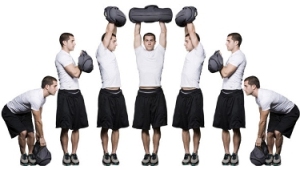
www.bealphastrong.com
Why wouldn’t you train those muscles that are involved in twisting and turning.
5. Stay flexible
If your pelvis and the bones above it are already out of alignment it’s not going to take much of a lifting incident to ‘tip you over the edge’ and herniate a disc.
If you can’t do these exercises (below) with ease, there’s a high likelihood you’re out of alignment and just waiting for the straw to lob on your back.

6. Acceptable loads – 23Kg

The international standard for a weight people ought to be able to lift safely is 23 kg.
If you go on a holiday and check your bag in, chances are you’ve got a bag limit of 23Kgs (before you get pinged an excess baggage fee). This is the bag you’ve lifted out of the boot of your car, the one that you’re going to lift off the carousel and put back into your car.
If you herniate a disc in the process, don’t bother running to the airline for compo.
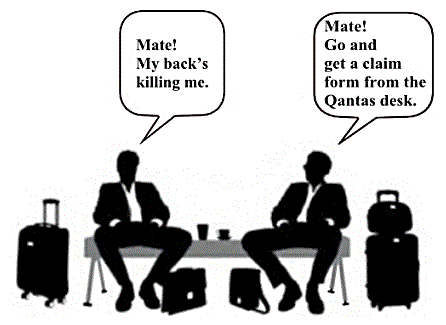
7. Don’t attempt to lift something you think is too heavy
Don’t think you can make a claim for joint and muscle pain caused by lifting anything over 23Kg.
8. Get help.
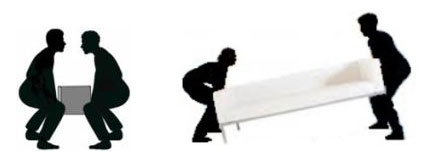
9. Use a machine.
